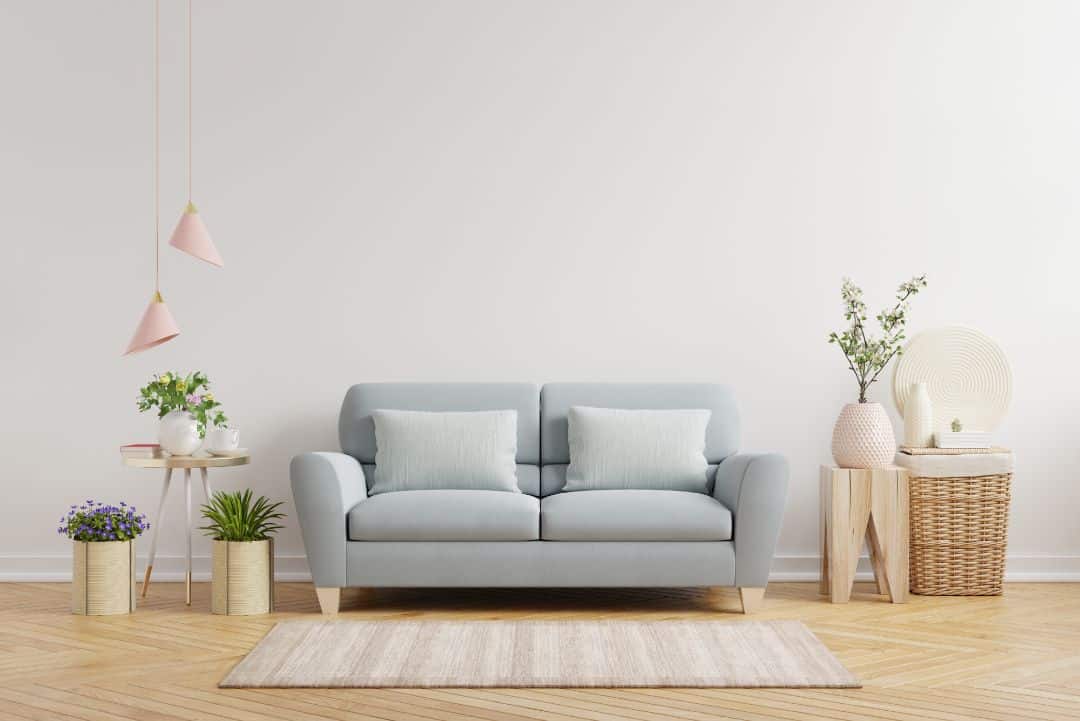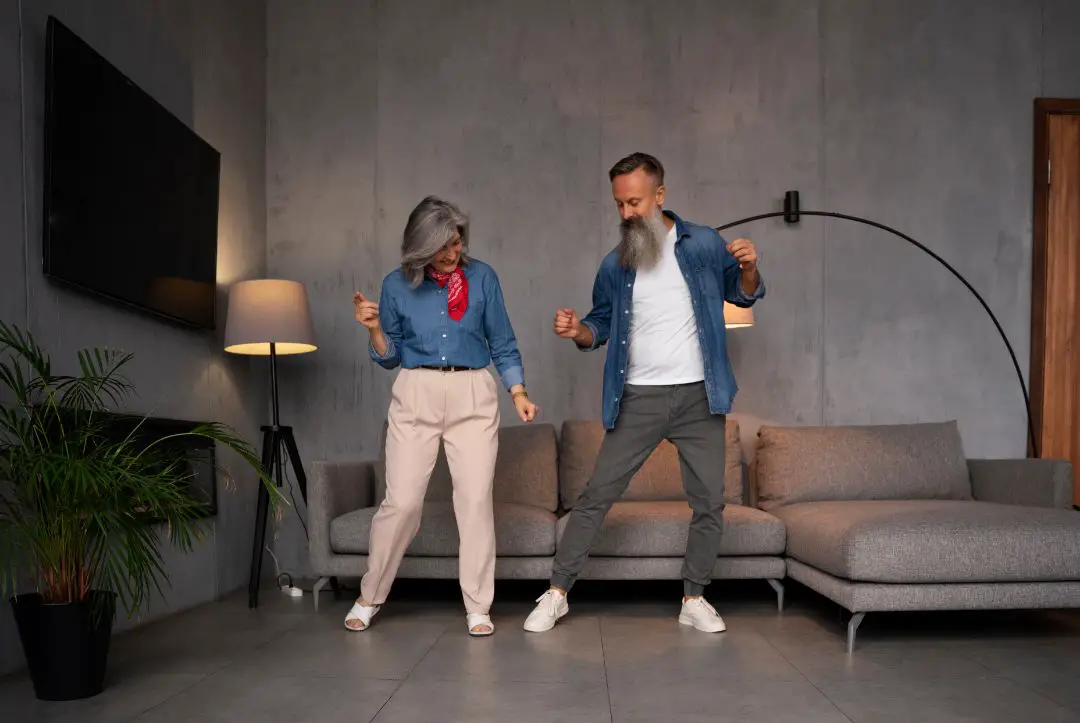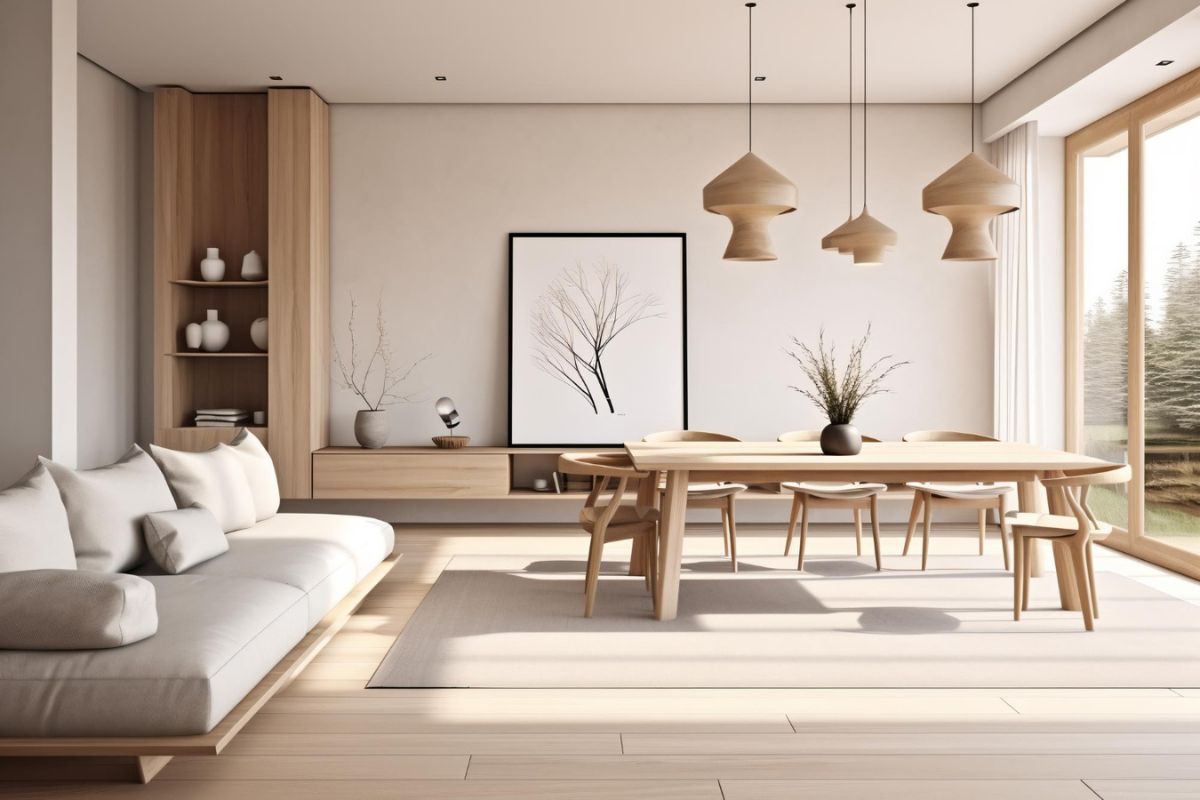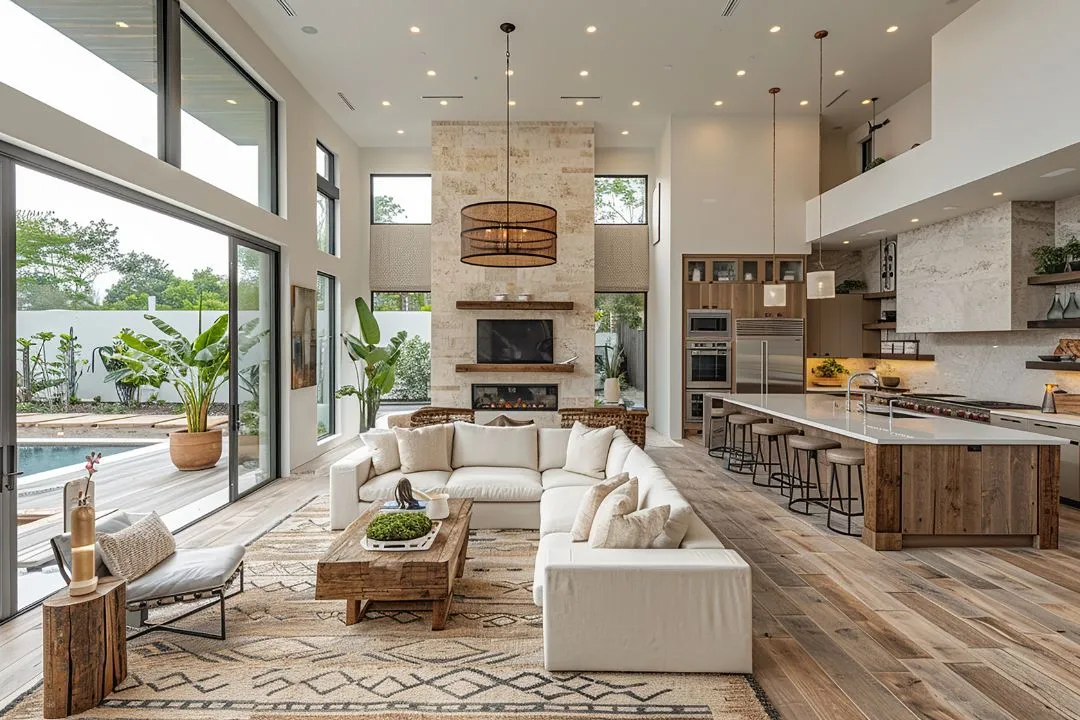The living room is the heart of the home, a space for relaxation, entertainment, and connection. But as we age, our needs for this cherished space change. For seniors, comfort, safety, and accessibility become key priorities.
Whether you’re a senior looking to update your living space, an interior design enthusiast eager to learn more, or a caregiver ensuring a loved one’s home fits their needs, this guide is for you. Below, we’ll share functional living room styling tips that elevate the space into a warm, inviting haven.
Read on to learn how thoughtful design can promote safety, comfort, and independence for seniors!
Understanding the Needs of Seniors
Every senior has unique needs and preferences. However, certain factors universally influence how a living room should be designed for their comfort and safety. When styling for seniors, keep these in mind:
Mobility Needs
Seniors may use canes, walkers, or wheelchairs. Therefore, pathways should be uncluttered, and furniture should support easy navigation.
Vision Comfort
Aging impacts depth perception and sensitivity to glare. Good lighting and contrast are essential to prevent strain and accidents.
Physical Support
Seating must be firm yet comfortable, with armrests that make it easier to sit and stand. Sharp corners should be avoided to minimize injuries.
Mental Wellness
Cozy and uplifting surroundings help reduce loneliness and stress while fostering a sense of belonging.
Understanding these foundational factors will lay the groundwork for functional yet stylish living spaces.
Styling Tips to Create a Safe and Comfortable Living Room

Now that you know the basics, it’s time to roll up your sleeves and start designing! Here are actionable styling tips to transform senior living rooms into comfortable and safe retreats.
Furniture Selection and Placement for Easy Navigation
- Choose sturdy furniture with predictable shapes. Rounded edges reduce the risk of accidental bumps or scrapes.
- Arrange furniture to create wide, obstruction-free walkways—at least 36 inches—to accommodate mobility aids like wheelchairs or walkers.
- Opt for seating at an optimal height (18–20 inches). This reduces the struggle of sitting or standing. Sofas with supportive cushions and armrests are an excellent choice!
- Avoid rugs that curl or slide! Instead, pick non-slip mats or fully carpeted flooring for added traction.
A clutter-free layout = fewer hazards = more independence for seniors.
Lighting and Color Schemes for Visual Comfort and Safety
- Maximize natural light! Large windows or sheer curtains brighten the room, boost mood, and combat poor vision.
- Add layered lighting. Combine overhead lights with floor lamps and motion-sensor nightlights to illuminate the living room evenly.
- Use non-glare light bulbs and avoid glass lampshades that reflect light.
- Choose contrasting colors for key areas. For instance, make furniture edges and walkways visually distinct. A blue armchair against beige flooring is easier to see than a gray-on-gray combo.
Creating a well-lit space isn’t just about aesthetics—it’s a safety must-have!
Incorporating Textures and Accessories for a Cozy Atmosphere
Seniors deserve a space that feels like home! Here’s how to balance coziness with functionality.
- Layer soft, tactile textures. Add throw blankets, cushions, and area rugs to make the space inviting (ensure they’re non-slip or anchored in place).
- Incorporate personal touches like framed photos, small plants, or heirlooms. These spark joy and enhance a feeling of connection to the space.
- Decorate minimally. Too many decorative items increase clutter and create unnecessary risks. Remember, simplicity is cozy!
- Add adjustable shelving or side tables to make accessing your favorite books, magazines, or a hot cup of tea easy.
Warm textures and personalized accessories make any house feel like home.
Technology and Design Innovations for Senior Living Spaces
Today’s technology offers incredible opportunities to enhance comfort, safety, and convenience in senior living rooms.
Smart Lighting
Automated lights that respond to voice commands or movements are game-changers. Imagine walking into a dark room and brightly lit pathways appearing automatically!
Lift Chairs
Recliners with electric lift assist make standing effortless for seniors with joint or mobility challenges.
Voice-Controlled Home Assistants
Devices like Alexa or Google Nest can play music, regulate light, adjust the thermostat, or read the daily news hands-free!
Designing for seniors doesn’t mean compromising on technology—embrace it for added comfort and style.
How Caregivers and Family Members Can Help
Caregivers and loved ones are vital in making a senior’s living space functional and personal. Here’s how you can contribute:
Get Input
Ask the seniors what they love most about their living room and what they want to change. Their preferences will guide you toward designs they truly cherish.
Ensure Safety Checks
Regularly inspect the living room for new safety concerns. Can the furniture layout still accommodate their needs? Are there any frayed rugs or loose cords?
Keep the Space Dynamic
Tastes and seasons change! Help keep the space fresh by adjusting accessories seasonally or adding personal touches over time.
When families come together to create these thoughtful living spaces, everyone wins!
A Living Room That Boosts Independence and Well-Being
Creating a safe and welcoming senior living room isn’t just about rearranging furniture or buying non-slip rugs. It’s about building an environment where they feel independent, secure, and professional guidance. Our experts can help you redesign any living space for optimal comfort and safety. Contact us today toat home.
From thoughtful furniture placement to incorporating innovative technology, there are countless ways to make these spaces work better for our loved ones.




